One of the best and most powerful visual of hands can be seen on the ceiling in the infamous Sistine Chapel. Michelangelo's depiction of God and Adam, known as the "Creation of Adam," tells the story of God creating Adam, signifying the beginning of human civilization. This timeless work of art tells not only a thousand words, it tells millions of words with its colorfully vivid grace.
Hands deserve a token of gratitude every once in a while, especially for motocrossers. Blisters, calluses, cuts and scrapes are what his hands know. And if you've owned a Honda motocross bike from the last decade with stock grips you know how unforgiving hard grips can be, even on the roughest and toughest of hands.
The grips on your bike can be your best friend or worst enemy. It doesn't take a surgeon to describe the effects bad grips can have on your hands. After pounding a few laps through your local whoops will be more than enough to know whether or not your grips are what your hands want.
Here's a quick explanation of what to look for when considering replacing your worn out grips:
1.) First and foremost, check the size of your hands. You can go to your local dealer and try on a pair of gloves to see what size you are. Grips have different diameters, so a thicker grip may not be suitable for a youngster. Most grip packages can be opened and closed without having to tear it apart, so ask your local dealer if you can test a few styles.
2.) Consider how often you ride. If' you're a dedicated daily rider, then your hands are more than likely less sensitive to grip density (hard, medium or soft). However, you're probably more aware of grip pattern and its role in your ability to stay hooked to your handlebars. Less frequent riders may consider using a medium or soft density grip that are more forgiving and less prone to causing - or increasing - blisters and calluses.
3.) You know how hard or how fast you ride. Speed greatly affects how well your grips work, so make sure to account for your fastest and slowest speeds. Your grips shouldn't make it harder to go fast, and they certainly shouldn't make you cry when you're done riding.
4.) Most grips are not expensive. If worst comes to worst and you can't decide what best suits you, buy a pair of grips and give them a try. If they're not what you want, get rid of them and try a different pair. Just make sure to put the more flimsy grip on the throttle and the thicker grip on the opposing side.
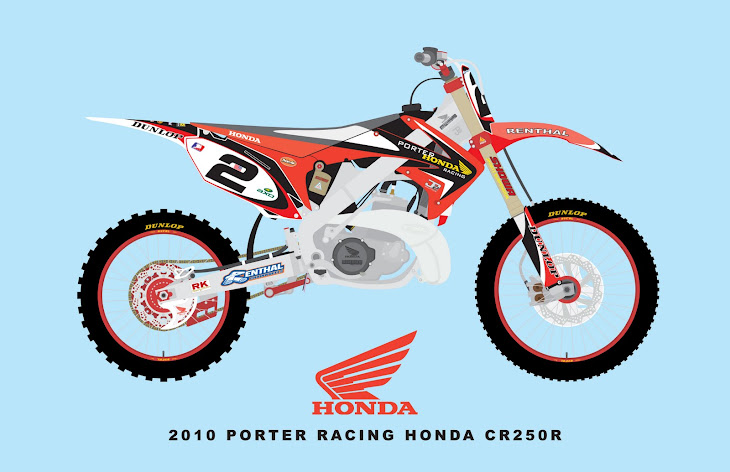


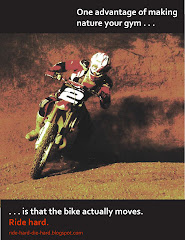

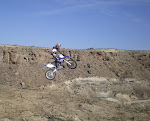
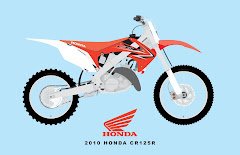
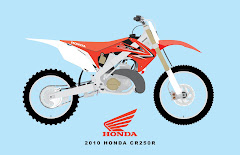
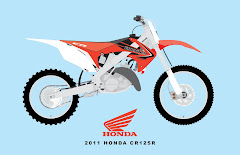
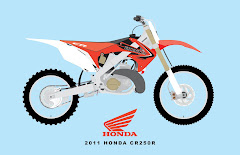
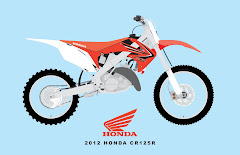
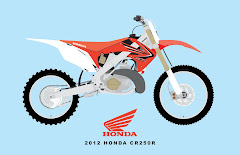
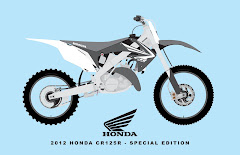
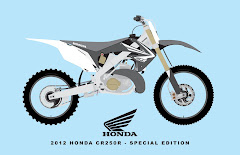
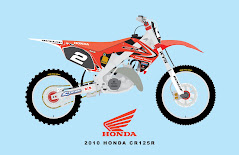
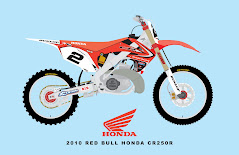
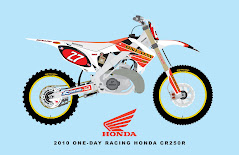
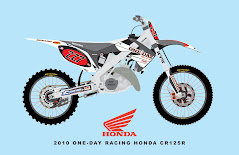

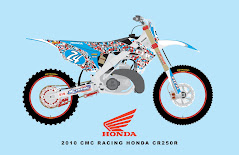
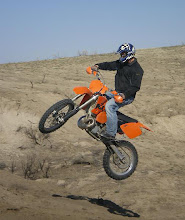
No comments:
Post a Comment